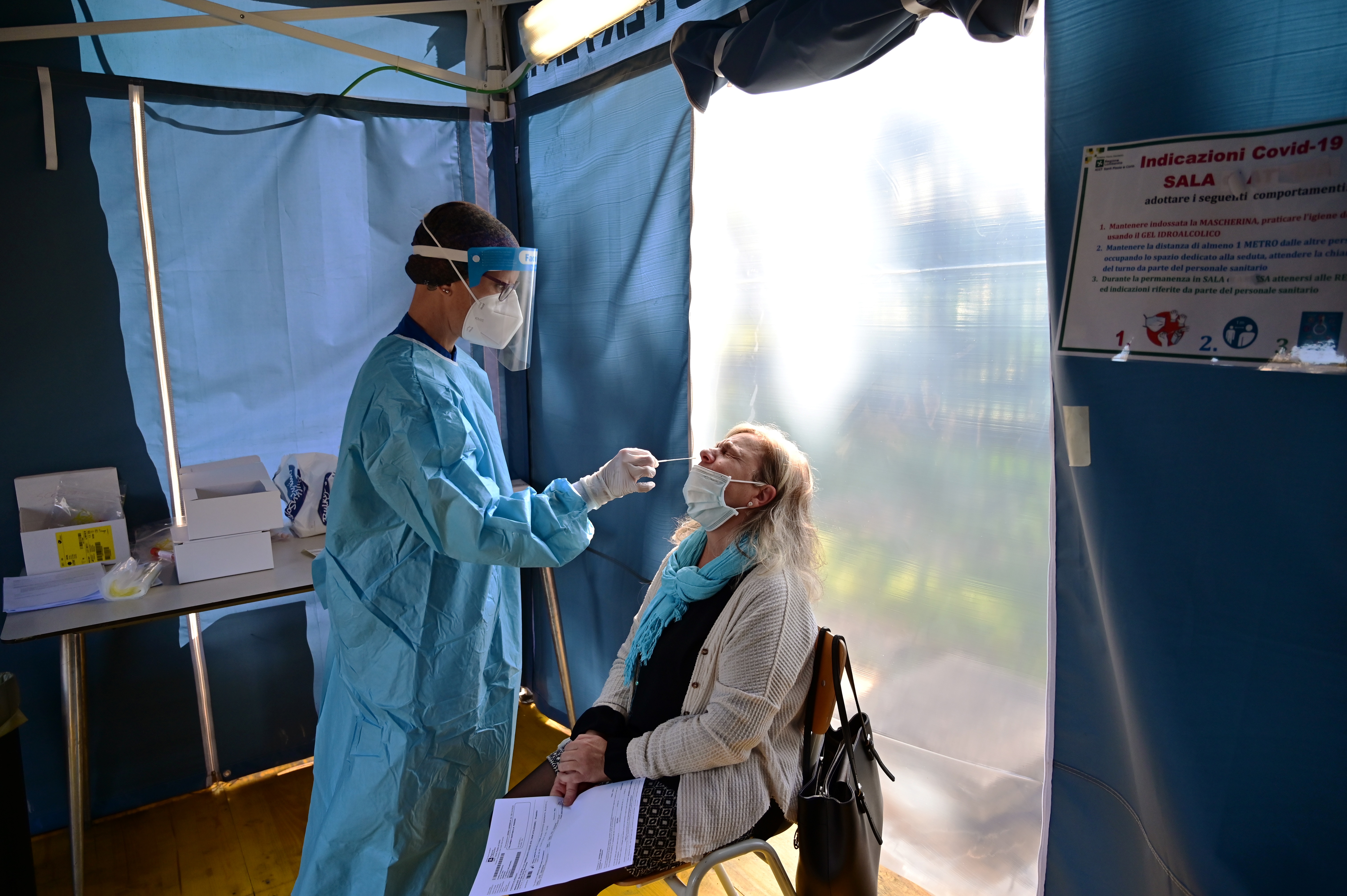05:27

COVID-19 was probably already circulating in Italy by September 2019, according to scientists at Milan's National Cancer Institute (INT), months before the coronavirus was first documented in the Chinese city of Wuhan.
Gabriella Sozzi, an INT biologist, told CGTN Europe that while Italy's first coronavirus patient was officially detected on February 21 in the northern region of Lombardy, blood samples taken in September 2019 showed the presence of the antibodies against the Sars-Cov-2 virus.
"What we noticed, and it was unexpected, we found more than 10 percent of the samples presenting antibodies against the COVID-19 virus," said Sozzi. "This finding seems to tell us that the Sars-Cov-2 virus was probably circulating at a low level in Italy before the outbreak that we had in February."

The World Health Organization was first notified of cases of the virus in Wuhan at the end of December last year, several months after the samples were collected in Italy. However, the new evidence suggests this was not the beginning of the global outbreak.
The Italian research shows that 11.6 percent of nearly 1,000 healthy volunteers taking part in the lung cancer screening trial had developed coronavirus antibodies before the disease was officially detected in Italy.
In another test conducted by the University of Siena, four of the cases positive for coronavirus antibodies dated back to the first week of October, indicating the individuals were infected in September.

Italian researchers announced in March there had been a higher than usual number of cases of severe pneumonia and flu reported in Lombardy at the end of 2019. /Miguel Medina / AFP
Italian researchers announced in March there had been a higher than usual number of cases of severe pneumonia and flu reported in Lombardy at the end of 2019. /Miguel Medina / AFP
"Previous studies have already demonstrated," said Sozzi, "that the virus could be present before in December 2019 because we noticed an increase of pneumonia in patients."
Italian researchers announced in March there had been a higher than usual number of cases of severe pneumonia and flu reported in Lombardy at the end of 2019, another sign the coronavirus may have been circulating earlier than previously thought.
Another Italian study also reported the presence of the novel coronavirus in wastewater from Milan and Turin collected in December in 2019: "This is further evidence that the virus was probably circulating in the autumn."
Read more: France 'past virus peak', Belgium's free vaccine plans: COVID-19 daily bulletin
Italy was the first Western country to record significant numbers of COVID-19 cases and has suffered 45,733 official fatalities since February, the second highest toll in Europe after the UK. Lombardy, the region surrounding Italy's financial capital Milan, remains the hardest-hit area, reporting 4,128 new daily cases on Monday.
"These last days, we are doing a little bit better," says Sozsi: "Probably we already reached the peak last week, but the last 10 days were really, really hard."
"We have now quite strict lockdown measures, at least for certain regions such as Lombardy, where I live," she adds: "So probably these measures of containment are helping us reduce the number of COVID patients."
With Europe already deep into its second wave, the biologist stresses that INT's findings could help reshape the way we understand COVID-19, particularly if there are more surges.

Lombardy, the region surrounding Italy's financial capital Milan, remains the hardest-hit area, reporting 4,128 new daily cases on Monday. /Flavio Lo Scalzo / Reuters
Lombardy, the region surrounding Italy's financial capital Milan, remains the hardest-hit area, reporting 4,128 new daily cases on Monday. /Flavio Lo Scalzo / Reuters
"We had this sudden peak, but usually before a sudden peak, there is a slow circulation of the virus before reaching a peak," she says of the 2019 data: "So we demonstrated that at least for this virus, there is the possibility of adding asymptomatic subjects that emit the virus somehow."
In the case of Italy's second wave, she points to the fact "we had no evidence of contagions during summertime in July and August and September... but then suddenly another peak in in October."
This highlights fears around asymptomatic subjects, who she says make up 90 percent of coronavirus carriers: "[They] represent a real, real danger because they are not tested so far and they can spread the virus."
The solution? "Testing and testing and testing," she says.
Source(s): Reuters

